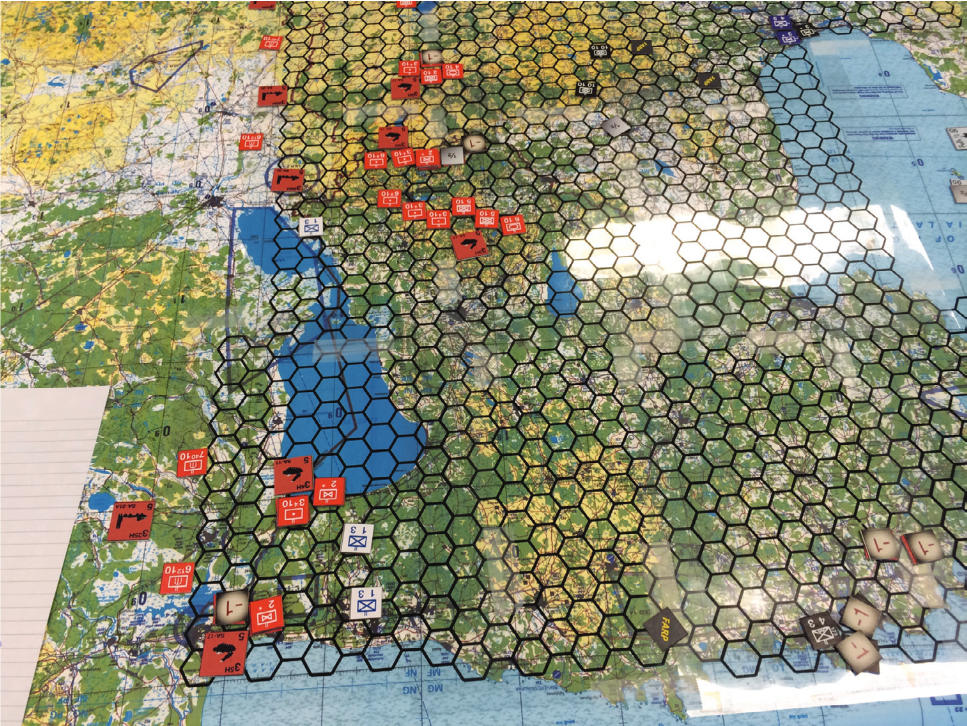In response to my last blog post I basically threw out a menu of possible conclusions. I received a very nicely thought out response to that post from Mike Johnson, which I felt was deserving its own blog post. His response is below (with his permission, of course):
With regard to the 20 April 2016 blog entry about military expenditures, I appreciated the list of possible conclusions and thought I would throw discussion points.
The comparison between US and other country defense spending is interesting, including the often mentioned statement that the US spends as much on defense as the next 10 countries combined. I remember, from when I was in OPNAV N80 a couple of decades ago, that our NATO allies had twice as many active duty personnel and twice as many reservists as all the US Services combined. Yet, their combined defense budgets were less than what we were spending on our people in our military personnel and reserve personnel appropriations. Of course, back then Germany and France and many others still had conscription and less is usually spent on conscripts. But, it still leads to some serious questions about how to compare defense budgets when our allies could have twice the personnel and their total budgets were less than what we spent just on our personnel. Several factors come into play. First, we have retirees being paid starting around age 40 or even earlier. I don’t know of any other country that pays retirees before the mid-50s if not the 60s. Second, the retirement and a lot of the heath care are paid by other departments in most other governments, but in the US DoD pays into these programs. Base pay for British military, by comparable grade, is actually more than in the US military; but we then add BAH and BAS on top (tax free); in the UK, the MOD subsidizes housing, but the serviceman has to pay a part. It isn’t clear whether the UK or the US serviceman of comparable grade has more “take home pay” so I don’t think the difference is that we pay our servicemen significantly more than other countries.
When it comes to Russia and China, in particular, conversions using market rates understate what is spent for most of the defense spending. I had a colleague over the years–an expert on the Soviets–who would argue that Russian Federation soldiers had to be underfed, and suffering from malnutrition, because of the amount they were paid and given for meals. I pointed out that meals certainly should use PPP and not market rates to convert and at the time the ratio between the two was about 7 (PPP converted into about 7 times as many US dollars compared with what market rates; it is less dramatic today but still to be of consideration). Anything internal to the Russian or Chinese economies should, in my opinion, use PPP for the exchange (which compares the cost of comparable items in each system). This is particularly true of personnel pay, messing, accommodations, and most of logistics. I am not sure about weapon systems. These are paid for internally, but they do have a connection to the outside world.
The way we count is different. For example, funding is appropriated to the Services and to agencies in OSD as a top line that can be obligated. How that is paid for may come from many sources including revenue collected by the Service. In European budgets, we routinely see factors like total resource and then they subtract from that number expected receipts amounting to several percent of the budget. In other words, they spend more because they can spend their revenues (such as payments made by service members for their housing) for whatever they want, but they are deducted from the top line used for comparison.
The US military does spend a lot more than any other country, despite the above factors. Part of that is what it takes to maintain 6 regional combatant commands. Part of it is maintaining a constant level of forces around the world. A war with most of our enemies is much more likely to be in their front yard and not ours. We spend a lot on R&D and a lot on keeping equipment modern. And we spend a lot on training personnel.
PPP is purchasing power parity, which is a comparison between the currencies of two countries at which each currency when exchanged for the other will purchase the same quantity of goods as it purchases at home. So, for example, when the ruble dropped from 30 to 60 to a dollar, the Soviet defense budget suddenly did not really drop in half. So a direct comparison of exchange rates between countries often de-values the defense expenditures of less developed countries, where good and services are relatively cheap. Comparing countries based upon PPP tries to adjust for that.


